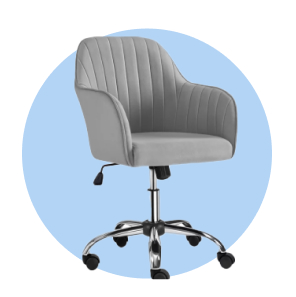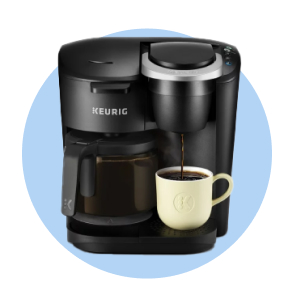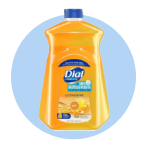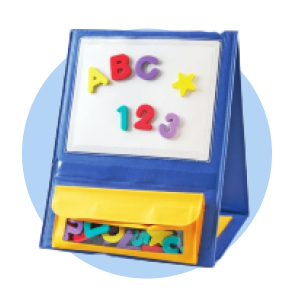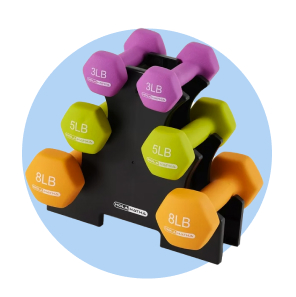
A Guide to Construction Work Wear: Pants, Boots, Jackets & More
Shop smart to stay safe
Spend a workday at any construction site, and you’ll quickly learn the importance of proper gear. Whether you’re moving heavy objects, laying foundation or joining wood beams, you need clothes that can meet the challenges of hard—sometimes dangerous—work. Whether you’re shopping for construction work pants, boots, jackets or helmets, this guide will help you find apparel built to last that will keep you safe.

Why construction clothes matter
At a baseline, construction clothes help your site stay compliant with regulatory standards. But construction work wear also protects you against three major dangers: sudden injury, long-term injury and the elements. On a job site, your clothes are your first line of protection against accidents and injury. If another worker is operating the excavator, for example, your high-visibility construction work jacket can ensure they don’t swing it into you by accident.

Must-have pieces of construction work wear
Construction work pants
Most clothes aren’t built with manual labor in mind. They often prioritize comfort and visual appeal over toughness. Wear your average pair of khaki pants to a job site and you’re likely to get a hole in them.
For increased durability, construction work pants tend to favor stronger materials such as denim and cotton duck. Those natural fibers can then be mixed with artificial ones for added benefits like fast drying, stretch or stain resistance.
Some construction work pants incorporate nylon to reinforce the fabric in high-stress areas. If your pants tend to tear in the seat or knees, that extra layer of protection may be useful. You can also stop tears from growing by choosing pants with a special square-shaped weave called ripstop.
Wide pants are popular because they can help preserve your freedom of movement and fit easily over boots. If you need to keep tools on hand, look for construction pants with holsters and plenty of pockets.
Construction work boots
Many construction boots sport leather uppers. Leather works well because it’s hard-wearing, comfortable and breathable. It will last much longer if you take care of your boots. Regular cleaning and occasional conditioning can go a long way.
Boots with waterproof and windproof membranes can help keep feet warm and dry, even during bad weather. However, they may also need care to maintain.
Falling objects are a common concern on worksites. The best way to keep your feet safe from dropped tools and materials is to wear boots with a steel toe cap. You can also wear boots that lace up to your ankle to provide support when walking on uneven terrain.
Construction work jacket
Just like any other jacket, your construction work jacket should fit your environment. It should be heavier if you tend to work in the cold, lighter if not and water-resistant if you’re often caught in the rain.
For durability, look for reinforced seams and sturdy zippers. Polyester and nylon are popular, strong materials, but beware that they sacrifice breathability. You can compensate for that lost breathability by looking for jackets with mesh linings and underarm vents.
As jackets are often your outermost layer of clothing, they’re a great place for hi-vis features. Look for reflective strips on the torso, sleeves and shoulders to make sure your crew can see you.

Vital construction safety apparel
Safety helmets
Head protection is a must-have on any worksite, both for regulatory compliance and personal safety. One of the most common helmet materials is high-density, UV-resistant polypropylene. Helmets made with this material tend to stand up to serious abuse before buckling.
OSHA recommends that construction workers wear Type II head protection with chin straps. Type II helmets protect both the top and sides of the head. They should also meet ANSI/ISEA standard Z89.1, which sets performance requirements for helmets.
Hearing protection
According to the Centers for Disease Control (CDC), 51% of construction workers have been exposed to noise loud enough to damage their hearing. OSHA sets the permissible exposure limit (PEL) for noise at 90 dBA in an 8-hour workday, but experts recommend wearing hearing protection whenever you go over 85 dBA.
You have two common options when it comes to protecting your hearing. Earplugs are the first. They’re small, comfortable to wear even under a helmet or hat and provide a noise reduction rating (NRR) of up to 33dB. If you opt for reusable ones, make sure to clean them regularly.
Your second option is earmuffs, which are typically worn over the entire ear. That can make them less comfortable than earplugs over extended use, especially if you’re wearing them on top of your hard hat. Earmuffs also tend toward a lower NRR of up to 31dB.
High-visibility clothing
High-visibility, or hi-vis, clothing is more than brightly colored clothing. It also typically incorporates highly reflective materials that make it much easier for workers to see one another—even in the dark. These often appear as patches or strips running along the side of construction work pants, for example.
The American National Standards Institute (ANSI) and the International Safety Equipment Association (ISEA) created the ANSI/ISEA 107 standard to set a benchmark for hi-vis effectiveness. Whether you’re shopping for a hi-vis shirt, hoodie, jacket or vest, make sure it meets this standard.
The more you wash those reflective work pants, the less effective their reflective surfaces will be. To keep them as bright as possible for as long as possible, follow the manufacturer’s recommended cleaning instructions. That generally means avoiding machine washing above the gentle cycle and hang-drying whenever possible.
Get workwear-ready with Walmart Business
If you’re looking to gear up for less, consider Walmart Business. With a free account, you can find leading construction apparel brands at affordable prices. But if you’re ready to save even more, upgrade to a Walmart Business+ membership.
With Walmart Business+, you’ll receive free shipping1 with no minimum and free delivery from a nearby store on orders over $35.2 Combine that with Walmart Rewards on purchases worth more than $250,3 and you could save over $500/year.4 Click here to learn more.
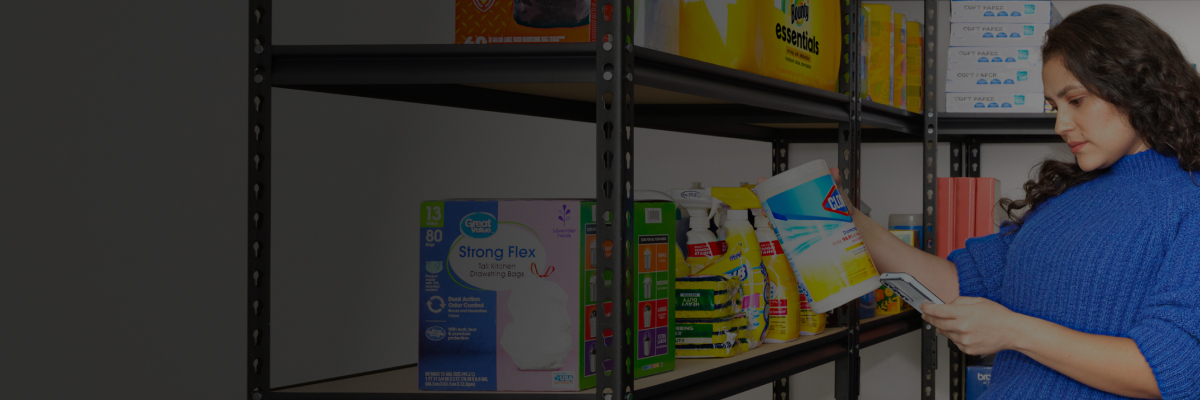
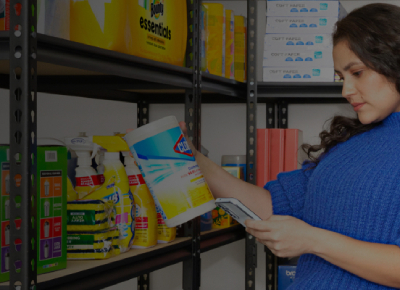
Limited-time offer
Unlock your special promo code
Stay informed on Walmart Business news & get $20 off a $100 purchase!1
1Minimum order of $100. Promo code can be used one time & may not be combined with other offers. Offer not transferable & void where prohibited by law. Customer responsible for all applicable taxes. Offer expires 12/31/2025 at 11:59pm PT. Further restrictions apply. See terms at checkout for details. Promo code offers available in limited quantities. While supplies last.
1 Excludes most Marketplace items, freight and certain location surcharges.
2 Restrictions apply.
3 Rewards can only be used toward future purchases on Walmart Business. Additional terms apply.
4 Savings based on 1 free $35+ delivery order vs. $9.95 fee and 1 free shipping order under $35 vs. $6.99 fee biweekly, plus 2% Walmart Business Rewards on monthly order >$250 (average value of $400).
Exciting news awaits
Hear firsthand about new products, features & promotions.
By clicking submit, you agree to receive emails about Walmart Business and acknowledge you have read and agreed to our Terms of use and Privacy Policy.



